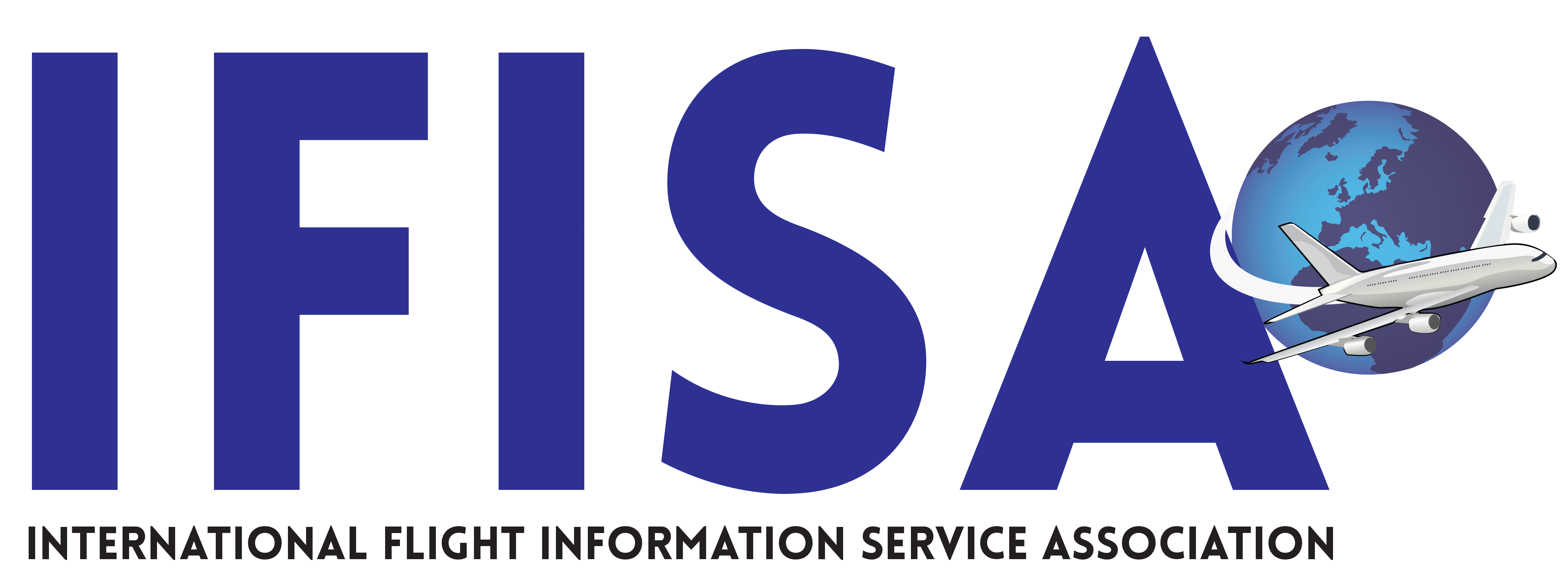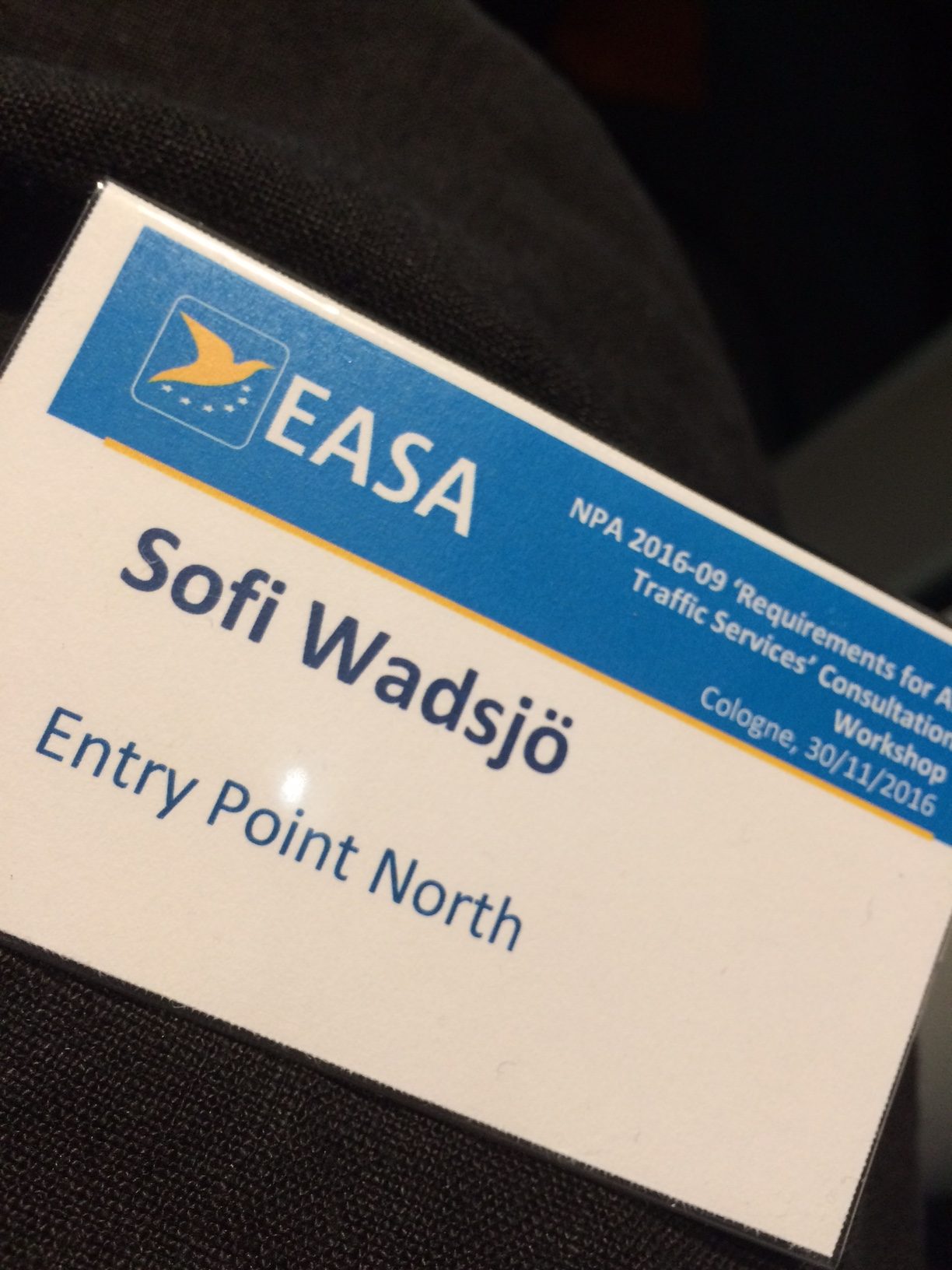A workshop was held at EASA premises in Cologne in Germany the 30:th of November regarding the NPA 2016-09 from EASA. I, Sofi Wadsjö, IFISA secretary attended the workshop as sent from my employer EPN but I of course represented IFISA as well as much as I could. This is my report from the meeting:
About 60-70 people attended the meeting, most from NSAs or ANSPs but also some from airport owners and pilot interest groups. The workshop aimed to introduce the NPA and to highlight the implementation of the AFIS concept in international regulation for the first time since the ICAO circular 211 was issued in the 80:tees.
We were informed that the planned date that the NPA will take effect is 1/1 2020.
The NPA was gone though and people were invited to ask questions and add comments. Since IFISAs interest lay in FISO and AFISO tasks and issues I will not report on the ATCO issues raised.
The AFIS issues raised were:
- AFIS providers must be approved and certified. There is no question about that and this rule is NOT introduced in this new regulation but has been in place for some time but apparently some nations are having problems with this and some were not fully aware of the requirements.
- The requirements for determination for the establishment of ATS were discussed many times. This means what are the requirements to decide when AFIS is appropriate and when ATC is appropriate. Many of the NSAs present wanted more rules from EASA as they are finding it difficult to regulate this on the national level and the also feel that the national regulation of this has not worked so far. The diversity is too big so they wanted more guidance from EASA. Unfortunately EASA is not prepared to come with such rules. There is guidance material provided from EASA (included in the NPA) but it is not much better than the current rules from ICAO.
- The determination of RWY in use for AFIS aerodromes was discussed. According to EASA it is about 50/50 between nations in Europe what rule is applied. 50% allow the AFISO to determine the RWY in use and about 50% leave it up to the pilot to decide the RWY to be used from the wind information and other information given. If a second pilot or a third should then arrive the AFISO can then give information about what RWY is in use by the preceedig pilot. In the NPA the second option meaning that the AFISO is NOT allowed to determine RWY in use is published. EASA recognizes that this is controversial and invites comments on this in the official comment procedure of the NPA.
- The movement of vehicles and persons on the maneuvering area of AFIS aerodromes is also a controversial issue. There was actually not much discussion about it as EASA presented the rule in the NPA which is that the movement of vehicles and persons on AFIS aerodromes is NOT controlled. Information can be provided but not instructions or clearances as very controversial. EASA invites comments on this in the official comment procedure so if this might propose a change in your country that might cause problems I suggest you contact your NSA.
- Some countries in the EASA area provide GMC (Ground Movement Control) of aircraft. This is not a service included in the NPA as EASA recognizes this service to be a dedicated ATC service and NOT an FIS service. No countries present raised the issue to change this or include the service in FIS in the NPA.
- The callsign for AFIS units in the NPA is AFIS (and the name of the station e.g. Esbjerg AFIS). Many countries today have the callsign INFORMATION for AFIS stations but EASA identifies the risk of confusion with the en-route FIS services which has the call sign INFORMATION. This was seeming not a controversial change for the counties present as there was no comments on it.
- EASA recognizes that in some countries a function at aerodromes is needed that does not fulfill the requirements for an ATS service and the certification process. For that purpose EASA introduces the concept “UNICOM” which in this context will be a “below AFIS service” at airfields. I would compare it to a flying club radio where there might be a person on the ground speaking on the radio but mainly used for blind transmissions and pilot-to-pilot communication. The definition of UNICOM is vague and this was raised as an issue. More clear description was requested. My interpretation of the EASA answer to this is that the UNICOM will be regulated nationally so it is up to the NSA to define what UNICOM is and what the person on the ground may do and may not do and EASA will not provide a better definition. However one EASA comment made on the meeting was that AFIS is a certified and regulated ATS service while UNICOM is more of a “favor”. The service levels available to choose from were described as:
- UNICOM
- AFIS (with ATZ class G airspace associated which is mandatory)
- AFIS with designated RMZ (radio mandatory zone) and perhaps also TMZ (transponder mandatory zone)
- ATC
- A question was raised if it might be possible to introduce the AFIS parts of the NPA sooner than the rest of the NPA and the EU commission representatives answer to that was that it is possible but the stakeholders needs to request this and also countries tend to ask for very long implementation periods. However national application of the planned EASA regulation is always possible so if some countries would like to implement the AFIS parts of the NPA before it is in effect that is perfectly fine.
Regardless of all these issues, EASA stated that the goal is to NOT over regulate AFIS and a lot of the other AFIS items in the NPA are not included in the IR (implementing rule) that are mandatory but in the AMC (applicable means of compliance) or GM (guidance material) which both are non binding material. Here it will be up to the NSA to regulate.
En-route FIS issue NOT raised was:
- Some countries do not have the procedure to Identify aircraft before providing ATS surveillance service. This has been brought up by EASA in other forums as being a non standard procedure in contradiction with current ICAO rules. The text in the NPA therefore states that identification is a requirement before providing ATS surveillance service such as traffic information. No issue was not raised by any country at the meeting that this text might be a problem or issue for them so the part in the regulation addressing identification was gone though quickly and without comments.
Before ending the meeting EASA informed that issues regarding FISO and AFISO training and certification as well as phraseology were not in the scope of this regulation and have NOT been addressed. Phraseology belongs to the SERA group and will be addressed there but there is no time frame for this. Training and licensing is NOT currently on any table in EASA. IF stakeholders approach EASA claiming this is an important issue it may be addressed but at the moment there are no such plans in EASA. So if you are interested in seeing the training and certification of FISO regulated by EASA please contact your NSA.
Finally EASA informed the meeting about the current work in ICAO regarding AFIS which if you have missed it is:
- The ATM OPS panel has agreed on establishing an AFIS subgroup. (To which EASa commented that they started working and identified the issue with lack of AFIS regulation 2016 and ICAO just started, and yes EASA well done being first :-))
- A job card was issued in December. The goal is to issue an ICAO AFIS manual based on the Eurocontrol AFIS Manual. Perhaps included in existing ICAO annex 11 which was presented as a likely option.
- The planned delivery of this manual from the AFIS subgroup to the ATM OPS panel is 2017.
EASA made clear that the NPA, when issued, will be in line with any issue ICAO regulation. It might be interesting to note that several issues in the list of AFIS issues above contradict in the proposed ICAO text and the NPA text. Some of them are the RWY in use issue and the control of vehicles and persons on the ground issue.
Also in summary it shall be noted that EASA stated that comments to the NPA are NOT considered more carefully or prioritized just because there are man comments on the same issue. It is the quality of the comments that is important. The quality meaning you need to think hard before making a comment. Explaining the comment thoroughly and giving sound and valid reasons for your optional wording or rule. I suggest you contact your NSA and together with them make comments for your whole country. I do NOT recommend spamming EASA with floods of comments.
A final note: It is always interesting to participate in EASA events. To follow the law making process and the democratic process. If you get the chance to do it i highly recommend it. Thanks for EASA for hosting this event.

